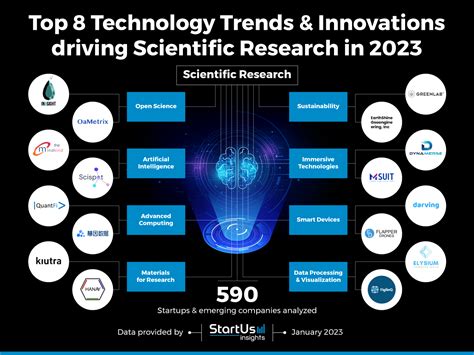The world of technology is constantly evolving, and innovations in the field of ground technology are transforming the way we live and work. From advancing construction methods to improving soil quality, these innovations have the potential to make a significant impact on various industries and aspects of our lives. Here are 5 ground tech innovations to watch:
In recent years, the construction industry has witnessed a significant shift towards more sustainable and efficient methods. One such innovation is the use of advanced geosynthetic materials. These materials are designed to provide improved stability, strength, and durability to soil and rock formations, making them an ideal solution for construction projects.
The use of advanced geosynthetic materials has numerous benefits, including reduced environmental impact, improved safety, and increased efficiency. These materials can be used in a variety of applications, including road construction, building foundations, and slope stabilization.

Ground Penetrating Radar (GPR) Technology
Ground Penetrating Radar (GPR) technology is a non-invasive method of subsurface exploration that uses radar pulses to image the subsurface. This technology has numerous applications in various fields, including construction, archaeology, and environmental monitoring.
GPR technology has several benefits, including its ability to provide high-resolution images of the subsurface, its non-invasive nature, and its cost-effectiveness. This technology can be used to detect underground utilities, map soil stratigraphy, and locate buried objects.

Soil Remediation Using Microorganisms
Soil remediation is the process of removing pollutants from contaminated soil. One innovative approach to soil remediation is the use of microorganisms. Microorganisms can be used to break down organic pollutants, such as petroleum products and pesticides, into harmless compounds.
The use of microorganisms for soil remediation has several benefits, including its cost-effectiveness, environmental sustainability, and ability to remove a wide range of pollutants. This approach can be used to clean up contaminated soil, improve soil quality, and promote sustainable agriculture.

Autonomous Surveying Systems
Autonomous surveying systems are designed to collect and process data in real-time, providing accurate and detailed information about the subsurface. These systems use advanced sensors and software to create detailed maps of the subsurface, which can be used for various applications, including construction, mining, and environmental monitoring.
Autonomous surveying systems have several benefits, including their ability to provide accurate and detailed data, their increased efficiency, and their reduced environmental impact. These systems can be used to detect underground utilities, map soil stratigraphy, and locate buried objects.

Subsurface Modeling and Simulation
Subsurface modeling and simulation is the process of creating detailed models of the subsurface to predict and analyze various phenomena, such as groundwater flow, soil deformation, and contaminant transport. This approach can be used to optimize construction methods, predict environmental impacts, and improve resource management.
Subsurface modeling and simulation has several benefits, including its ability to provide detailed insights into subsurface processes, its cost-effectiveness, and its environmental sustainability. This approach can be used to predict and mitigate the impacts of construction projects, optimize resource management, and promote sustainable development.







We hope this article has provided you with a comprehensive overview of the latest ground tech innovations. From advanced geosynthetic materials to subsurface modeling and simulation, these innovations have the potential to make a significant impact on various industries and aspects of our lives. Share your thoughts and opinions in the comments section below.
